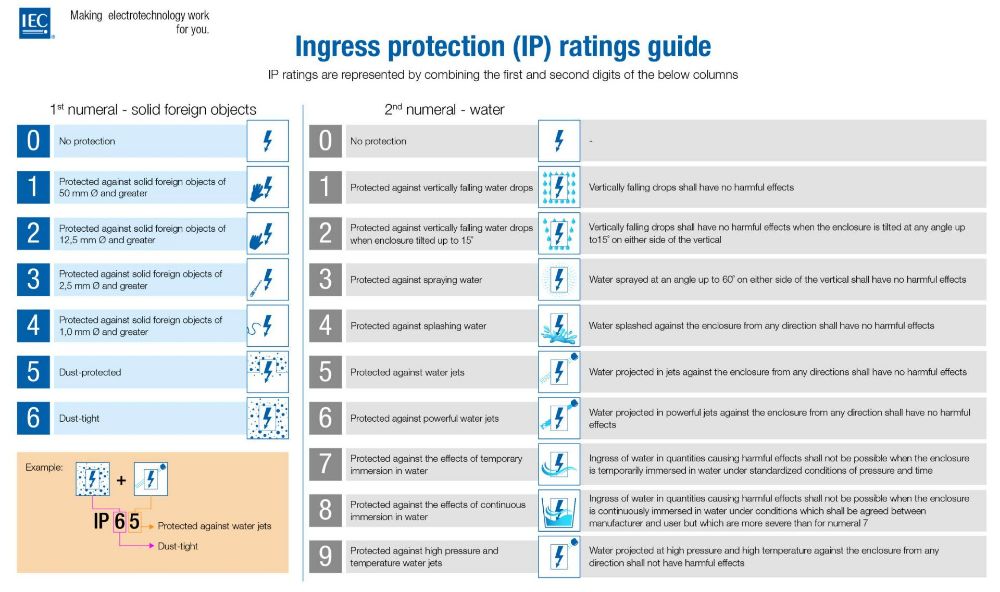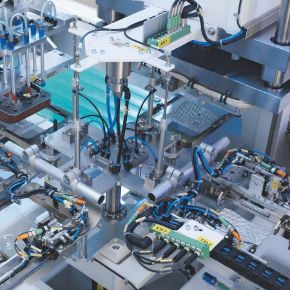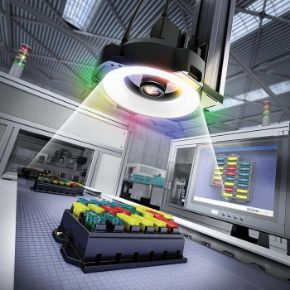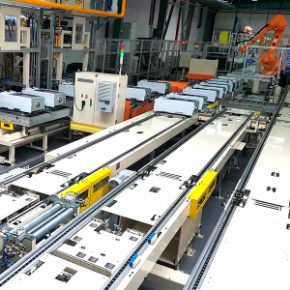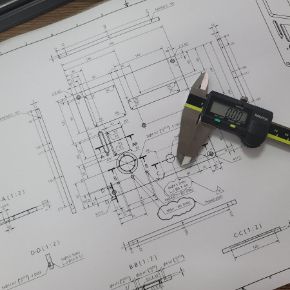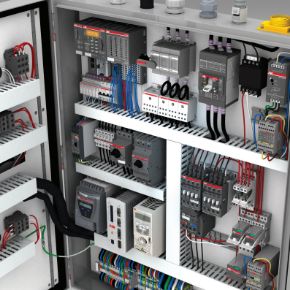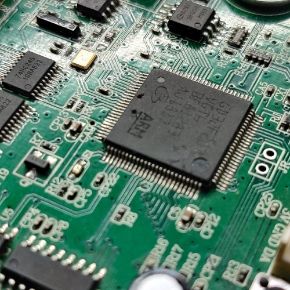Electric and electronic equipment deteriorate or malfunction when water or dust enters the device. The IEC has developed the ingress protection (IP) ratings, which grade the resistance of an enclosure against the intrusion of dust or liquids.The ratings are widely used throughout industry.
In recent years, many consumers have taken an interest in smartphone features that include resilience against liquid and dust. However, it can be difficult to assess the meaning of terms such as waterproof or water-resistant when used for marketing purposes.
IEC 60529 has been developed to rate and grade the resistance of enclosures of electric and electronic devices against the intrusion of dust and liquids. It also rates how easy it is for individuals to access the potentially hazardous parts within the enclosure.
The standard, prepared by IEC Technical Committee 70, uses the IP code to rate the degrees of protection offered by the enclosure of electrical equipment with a rated voltage of a maximum of 72,5 kV. The standard also defines the tests to be performed to verify that the enclosure meets these requirements.
The IP code is composed of two numerals:
The first numeral refers to the protection against solid objects and is rated on a scale from 0 (no protection) to 6 (no ingress of dust).
The second numeral rates the enclosure’s protection against liquids and uses a scale from 0 (no protection) to 9 (high-pressure hot water from different angles).
The first edition of IEC 60529 was published in 1976 with the aim of creating a single document to bring together all requirements regarding protection by enclosures. Previously, separate standards had been developed for motors and low-voltage switchgear and controlgear.
